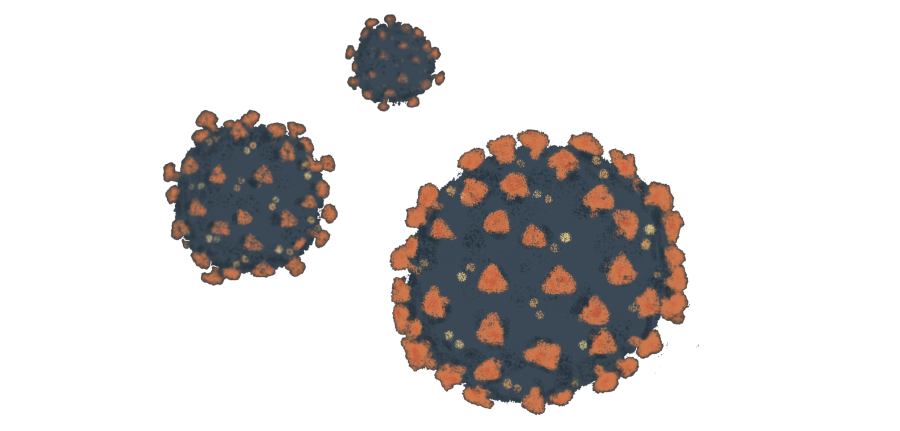Vaccines usually take years, even decades to develop. However, countless pharmaceutical companies are pushing the envelope and scrambling to produce a COVID-19 vaccine by 2021.
After a vaccine is created, it has to pass three phases of clinical trials to be approved by the Food and Drug Administration. In the first phase, the vaccine is administered to a small group of healthy people to test the initial safety of the vaccine. Then in phase two, around 2000 people are vaccinated to test the correct dose and in the third phase, it is given to tens of thousands of people to test both the efficacy and safety of the vaccine on a large scale.
Johnson & Johnson has developed one of the 11 vaccines currently in the third phase, and they have a trial running at Stanford University. Phillip Grant is the site principal investigator of the Stanford study.
“It’s logistically very challenging to run a Phase Three study,” Grant said. “It’s very expensive — in the billions of dollars.”
Because of the high costs, it can be risky for companies to take on the challenge of a Phase Three study. In an effort to encourage companies to make the investment, the federal government initiated a program to reduce the financial risk of a failed vaccine.
“One thing that the current administration has done that is good is Operation Warp Speed,” Grant said. “Basically, they’ve already bought doses from the companies that are developing the vaccine. They’ve told the companies, ‘Just produce it, and whether it works or not, we’ll buy it.’”
Johnson & Johnson is not the only western company that’s made progress. On Nov. 9, the pharmaceutical company Pfizer announced early results of their Phase Three clinical trials, which boasted a 90% efficacy rate in building immunity to the virus. Since then, other companies like Moderna have also released promising results, with similar efficacy rates.
“90% is good,” Grant said. “Assuming that there are no concerns around safety from this set of data, it’s on the road to approval.”
Grant also said the speed at which people are likely to receive a vaccine looks promising.
“I would anticipate the Pfizer vaccine would be approved sometime in early March,” Grant said.
Because the vaccine has been bought by the federal government, millions of doses of the Pfizer vaccine will have already been manufactured by the time it gets FDA approval.
According to the National Academy of Medicine, before the vaccine becomes available to everyone, those in high-risk situations, such as essential workers in low-income communities, will be prioritized.
“If you live in Redwood City, you might have a higher rate of transmission based on where you work or how many people live in your house,” Grant said. “If you live with six people, you might pass the virus on to more than three or four people. So, the key is getting that person in Redwood City vaccinated — the person who’s going to work in a food cannery, for example.”
Census data shows that there tend to be more people per household on average in more marginalized communities such as Redwood City in comparison to Palo Alto. These communities also have more people working blue-collar jobs –– jobs with a higher risk of exposure to the coronavirus.
Actually administering the vaccine poses a new set of constraints. The National Academy of Medicine said the initial distribution of the vaccine will go primarily to healthcare workers and then to the elderly or those with underlying conditions that put them at a higher risk for developing severe symptoms.
“There won’t be enough doses for everyone to get it,” Grant said. “It wouldn’t be for high school students.”
However, despite high schoolers not getting vaccinated immediately, these initial rounds of vaccination could affect school reopening protocols by reducing the danger of transmission between students and at-risk groups.
“The more people that get vaccinated, the closer you are to herd immunity,” Grant said. “At least it slows down the replication rate of the virus.”
Although a vaccine is likely to reduce the chances of someone developing COVID-19 symptoms, The New York Times drug industry correspondent Katie Thomas says it’s not yet clear whether a vaccine will be able to stop transmission of the coronavirus to unvaccinated people.
“The only thing that these clinical trials were testing was whether they prevented people from developing COVID-19, which is, of course, the disease you develop after being infected with the coronavirus,” Thomas said. “We really don’t know yet, even if a vast section of the American public gets this, whether or not they still will be able to pass the virus from person to person.”

